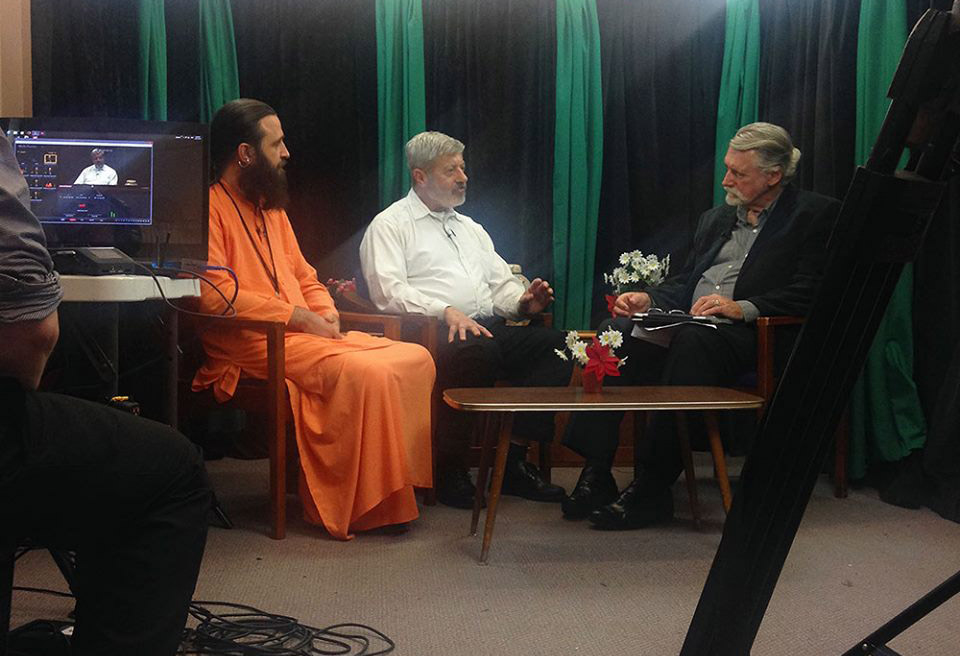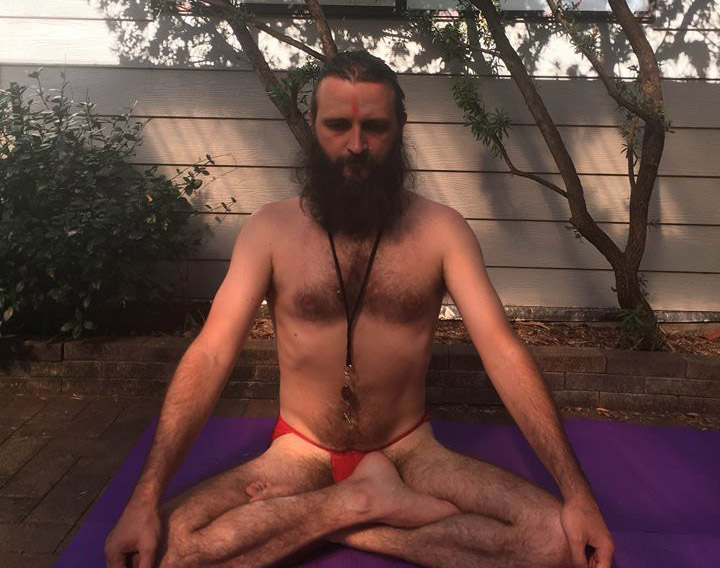In the Brahmāṇḍapurāṇa (Adhyāya 33), we find a mention of Yogi Gorakṣanātha. Although this text is dedicated to Śrīvidyā, the manner in which it is described is interesting. I have made translation from Sanskrit with small notes, and although this kind of text requires a more detailed explanation, I will publish my translation here.
तस्य चोत्तरकोणेषु वायुलोको महाद्युतिः ।
तत्र वायुशरीराश्च सदानन्दमहोदयाः ॥ ६७॥
Also, in the Northwest corner with great radiance is the dimension of Vāyu.
Those who are there (ṛṣis and siddhas) also have bodies like Vāyu (power ones) and great eternal bliss is revealed in them.
सिद्धा दिव्यर्षयश्चैव पवनाभ्यासिनोऽपरे ।
गोरक्षप्रमुखाश्चान्ये योगिनो योगतत्पराः ॥ ६८॥
Divine ṛṣis and siddhas, who practice methods associated with the wind (pranayama) and other yogis, devotees of the yoga path, among whom the main one is Gorakṣanātha.
एतैः सह महासत्त्वस्तत्र श्रीमारुतेश्वरः ।
सर्वथा भिन्नमूर्तिश्च वर्तते कुम्भसम्भव ॥ ६९॥
There, along with them, with the great beings, is Māruteśvara (Gorakṣa).
O, born from a jar (“Patra Devatā” among the Nāthas, or Gorakṣanātha), also present in many forms.
इडा च पिङ्गला चैव सुषुम्णा तस्य शक्तयः ।
तिस्रो मारुतनाथस्य सदा मधुमदालसाः ॥ ७०॥
This lord of the winds, Mārutnātha, has three Śaktis in the form of iḍā, piṅgala and suṣumṇā, which reside in a heady eternal peace.
ध्वजहस्तो मृगवरे वाहने महति स्थितः ।
ललितायजनध्यानक्रमपूजनतत्परः ॥ ७१॥
He holds a flag (symbol of Alakh-nirañjan) in his hand, while sitting on an antelope (symbol of prāṇa). He successively performs dhyāna, yājña and pūjā to the goddess Lalita (Yogamāyā Bālasundarī among the Nāths).
आनन्दपूरिताङ्गीभिरन्याभिः शक्तिभिर्वृतः ।
स मारुतेश्वरः श्रीमान्सदा जपति चक्रिणीम् ॥ ७२॥
He is surrounded by other Śaktis (goddesses), their parts (it can be their bodies or aspects in the form of yoginīs), overflowing with bliss. That glorious Māruteśvara always repeats the mantra to the Queen of the Śrīyantra chakras (Tripurasundarī).
तेन सत्त्वेन कल्पान्ते त्रैलोक्यं सचराचरम् ।
परागमयतां नीत्वा विनोदयति तत्क्षणात् ॥ ७३॥
Through his essence, at the end of a kalpa, he absorbs all three worlds, everything movable and immovable, remaining by himself in that delightful moment.
तस्य सत्त्वस्य सिद्ध्यर्थं तामेव ललितेश्वरीम् ।
पूजयन्भावयन्नास्ते सर्वाभरणभूषितः ॥ ७४॥
For the perfections of that essence, Laliteshwari, he worships her with manifest feeling and all kinds of ornaments.








